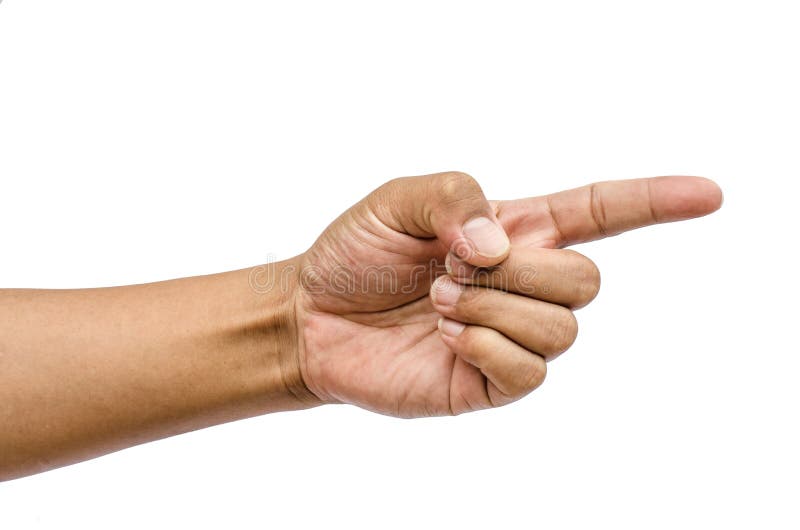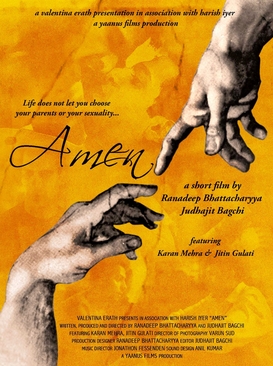(image borrowed from Iconfinder)
The two fingered "peace sign" was popular in the 60s but it was designed in 1958 by members of the antinuclear Direct Action Committee. The inverted Y is a combination of the maritime semaphore signals N and D which stood for "nuclear disarmament."
(image borrowed from Dreamstime.com)
Ever wonder where the one-finger (not the one pictured of course!) salute came from? Well, it goes back to when the English faced the French at the Battle of Agincourt. The English were armed with a new weapon, a longbow. The French were amused and vowed to cut off the finger of every British archer. When the English ended up winning they stuck up that particular finger to the French in a sort of "in your face" gesture!
That's definitely an interesting story! Never really knew why we did this gesture for those "in you face" moments!
(image borrowed from Pinterest)
The original gesture of praying for Christians was spreading the arms and hands heavenward. It wasn't until Roman times when a man would place his hands together as an offer of submission that meant "I surrender, here are my hands ready to be bound or shackled." Christians accepted the gesture as a symbol of offering total submission to God.
Another interesting factoid!
(image borrowed from Daily Prayer)
In ancient times, the time to say grace at mealtime actually occurred AFTER the meal. This was because in those times, food spoiled quickly. This would cause sickness or even death if it was consumed. People would still say a quick prayer over their food, mostly saying a plea to the gods to deliver them from poisoning and it was after eating the meal that they would offer a prayer of thanksgiving, or "grace."
(image borrowed from Wikipedia)
Christians, Muslims, and Jews all say "amen" at the end of a profound statement or prayer and that itself has a long history (according to this book). "Amen" appears 13 times in the Hebrew Bible and 119 times in the New Testament as well as in the earliest Muslim writings. "Amen" originated in Egypt around 2500 BC as "Amun" and it translated to "Hidden One", which was the name of the highest deity. Hebrew scholars adopted the word to mean "so it is" and passed it on to Christians and Muslims.
That's new to me! I guess lots of things either were started by Egyptians or Greeks or Romans!






No comments:
Post a Comment
Comments are an award all on their own! So my blog is an award free one! Thanks for any consideration though!